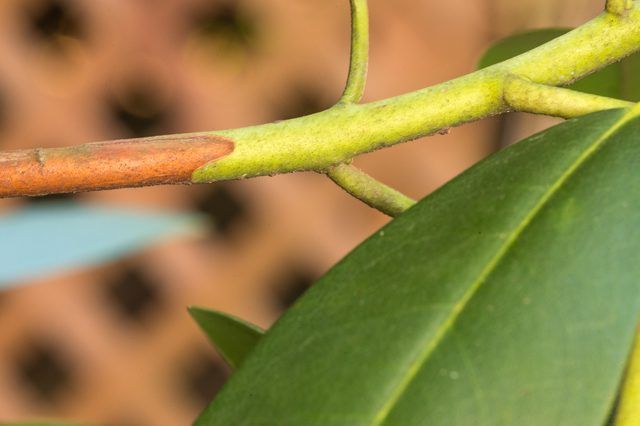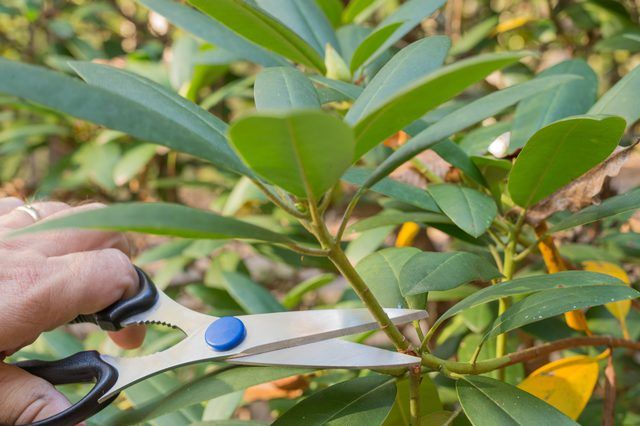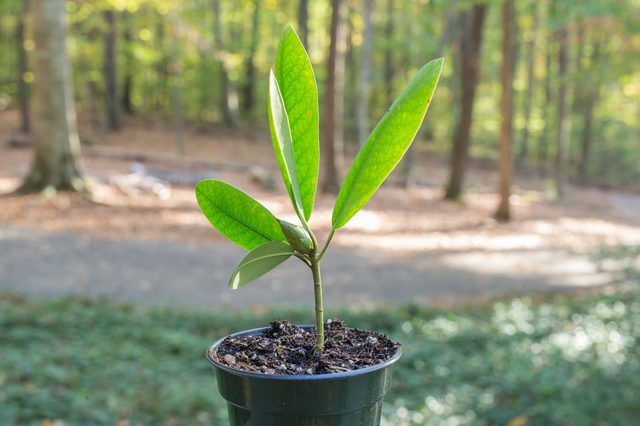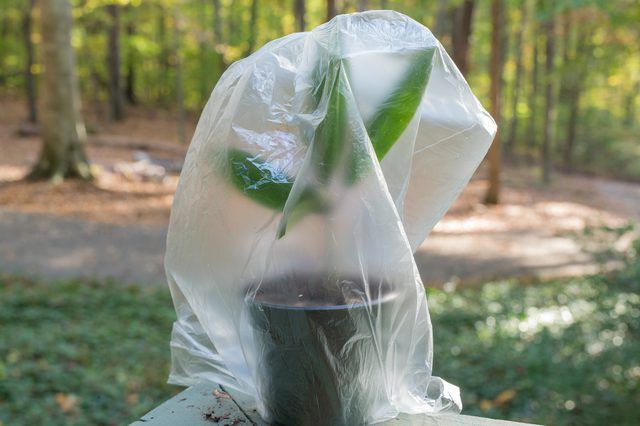Bulbs
Flower Basics
Flower Beds & Specialty Gardens
Flower Garden
Garden Furniture
Garden Gnomes
Garden Seeds
Garden Sheds
Garden Statues
Garden Tools & Supplies
Gardening Basics
Green & Organic
Groundcovers & Vines
Growing Annuals
Growing Basil
Growing Beans
Growing Berries
Growing Blueberries
Growing Cactus
Growing Corn
Growing Cotton
Growing Edibles
Growing Flowers
Growing Garlic
Growing Grapes
Growing Grass
Growing Herbs
Growing Jasmine
Growing Mint
Growing Mushrooms
Orchids
Growing Peanuts
Growing Perennials
Growing Plants
Growing Rosemary
Growing Roses
Growing Strawberries
Growing Sunflowers
Growing Thyme
Growing Tomatoes
Growing Tulips
Growing Vegetables
Herb Basics
Herb Garden
Indoor Growing
Landscaping Basics
Landscaping Patios
Landscaping Plants
Landscaping Shrubs
Landscaping Trees
Landscaping Walks & Pathways
Lawn Basics
Lawn Maintenance
Lawn Mowers
Lawn Ornaments
Lawn Planting
Lawn Tools
Outdoor Growing
Overall Landscape Planning
Pests, Weeds & Problems
Plant Basics
Rock Garden
Rose Garden
Shrubs
Soil
Specialty Gardens
Trees
Vegetable Garden
Yard Maintenance
What is Vegetative Planting and How Does it Work?
What is Vegetative Planting and How Does it Work?. Vegetative planting develops severed roots or stems from a parent plant into separate plants that have new root systems. Most plants can be grown from cut stems if the stems are prepared properly. Also known as vegetative propagation, the method is often used to preserve beneficial traits of hybrid...
Vegetative planting develops severed roots or stems from a parent plant into separate plants that have new root systems. Most plants can be grown from cut stems if the stems are prepared properly. Also known as vegetative propagation, the method is often used to preserve beneficial traits of hybrid varieties that may not be duplicated from seeds. The best type of cutting to use and how easily a plant species develops roots from a cutting depend on the plant's individual characteristics. After a cutting establishes roots, it can be treated like any other seedling.

Herbaceous cuttings are used to grow herbs and other plants that don't have firm, woody stems. That type of cutting can be taken any time while the plant grows actively. Softwood cuttings are taken during spring from a woody plant's newly grown stems that are still flexible but have begun to harden. Semi-hardwood cuttings are taken during midsummer or early fall from spring growth that recently hardened. Many broadleaf evergreens and some coniferous trees are propagated from semi-hardwood cuttings. Hardwood cuttings are taken from late fall to early spring when the plant is dormant. Hardwood cuttings are used to propagate many evergreen and deciduous shrub species.

Vegetative planting usually begins with stem cuttings taken from the growing tips of a plant. The best stems to use are free of disease and damage and are taken from a healthy plant that is not flowering. Each cutting is typically 4 to 6 inches long, and the leaves are removed from its lower one-half; the lower one-half is the portion closest to where the stem was cut and is the stem's base. Cutting the base lengthwise with a sharp knife stimulates the development of roots. Applying rooting hormone to the stem's cuts helps encourages further root development. Each stem cutting should be planted in the ground quickly to improve its chances of taking root.

Cuttings are more likely to develop roots in a lightweight potting mixture than regular garden soil. A potting mixture provides superior drainage and helps prevent the cuttings from rotting before they develop roots. A mixture of perlite, vermiculite and peat moss combined in equal proportions is an effective potting mix for vegetative planting. Using clean plant pots with several bottom drainage holes also promotes proper drainage. Keep the cuttings out of direct sunlight and at a temperature range of 65 to 85 degrees Fahrenheit to help limit moisture loss and promote rooting.

Once the bare bottom one-half of each cutting is planted in a potting mixture, it can take weeks to develop roots, depending on the plant species. Preventing the cuttings from drying out during the period when they establish roots is critical to their survival. The potting mixture should be kept damp to the touch, like a wet sponge that has been wrung out. Covering each cutting with clear plastic and keeping it out of direct sunlight help to reduce moisture loss. Removing the clear plastic cover daily to mist the leaves with water from a spray bottle then putting the plastic cover back in place keeps the air under the plastic cover humid and limits the moisture lost through the leaves.
